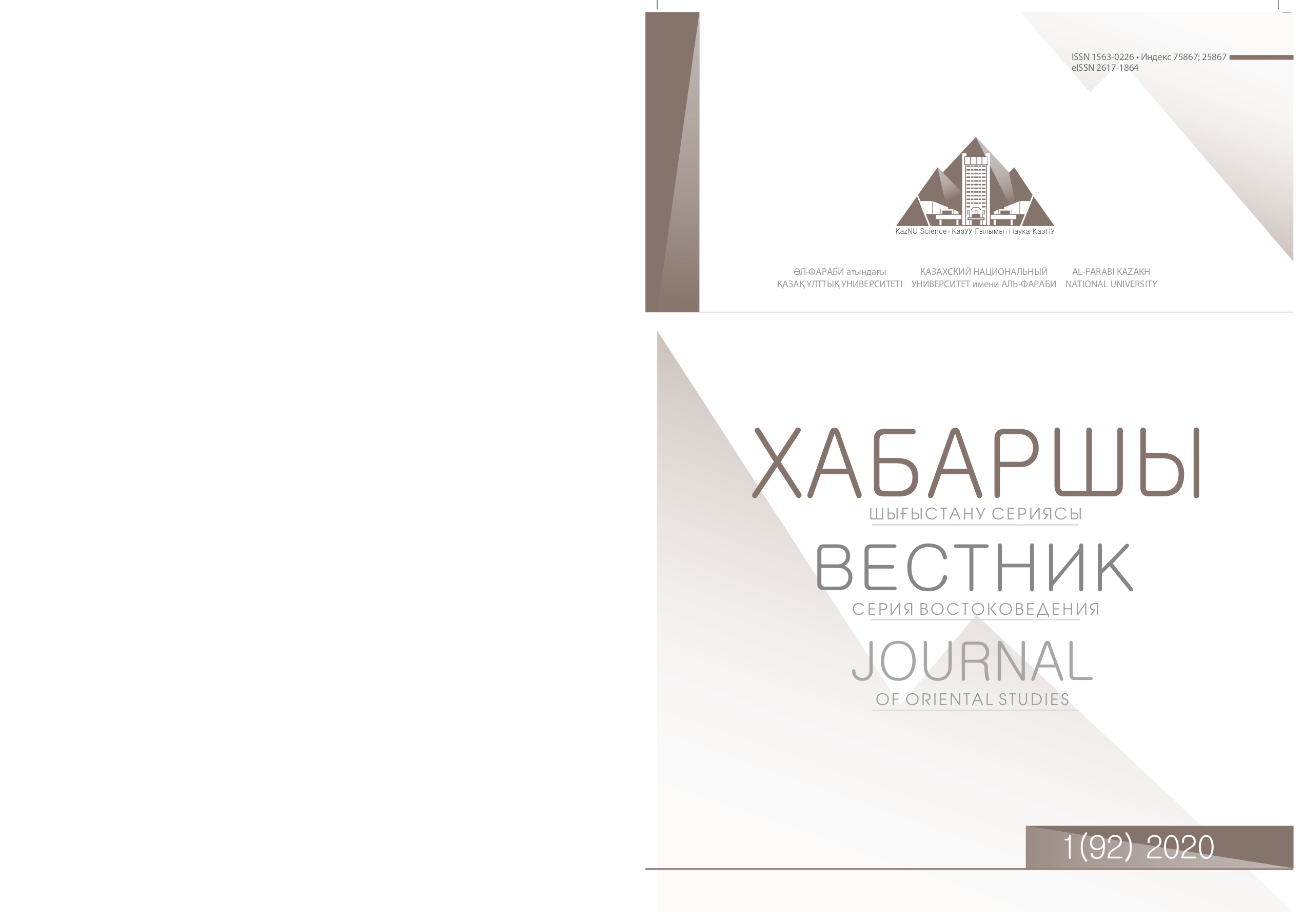An analysis of manga translated from Japanese to Russian: based on descriptive translation studies
DOI:
https://doi.org/10.26577/JOS.2020.v92.i1.11Аннотация
The purpose of this study is to analyze the Japanese version and the two Russian versions of the Japanese Manga written by Nakazawa Keiji, Hadashi no Gen (Barefoot Gen), based on Descriptive Translation Studies, and find out tendencies of the translation. Manga, the Japanese comic, is one of the materials for knowing Japanese culture, especially subculture along with Anime; therefore, Manga serves as an attractive learning material for foreign learners of Japanese. The present researcher used the three-phase methodology proposed by Toury (1995). In the first stage, the author situated a translated text within the target culture system; in the second stage, compared the Source Text and the Target Text for shifts, identifying relationships between ‘coupled pairs’ of the Source Text and Target Text segments; in the third stage, attempted to draw some generalizations regarding the translation strategies employed. The result showed that the new translation of Russian versions adopted a Source Text-oriented translation strategy in pages structure of Manga; that is, it emphasized Japanese culture. Henceforth, research findings enable identifying translation strategy’s naturalness (RT1 / RT2) by quantitatively analyzes of linguistic expressions and structure translation of pages. Key words: Japanese, Russian, Manga, Descriptive Translation Studies.




